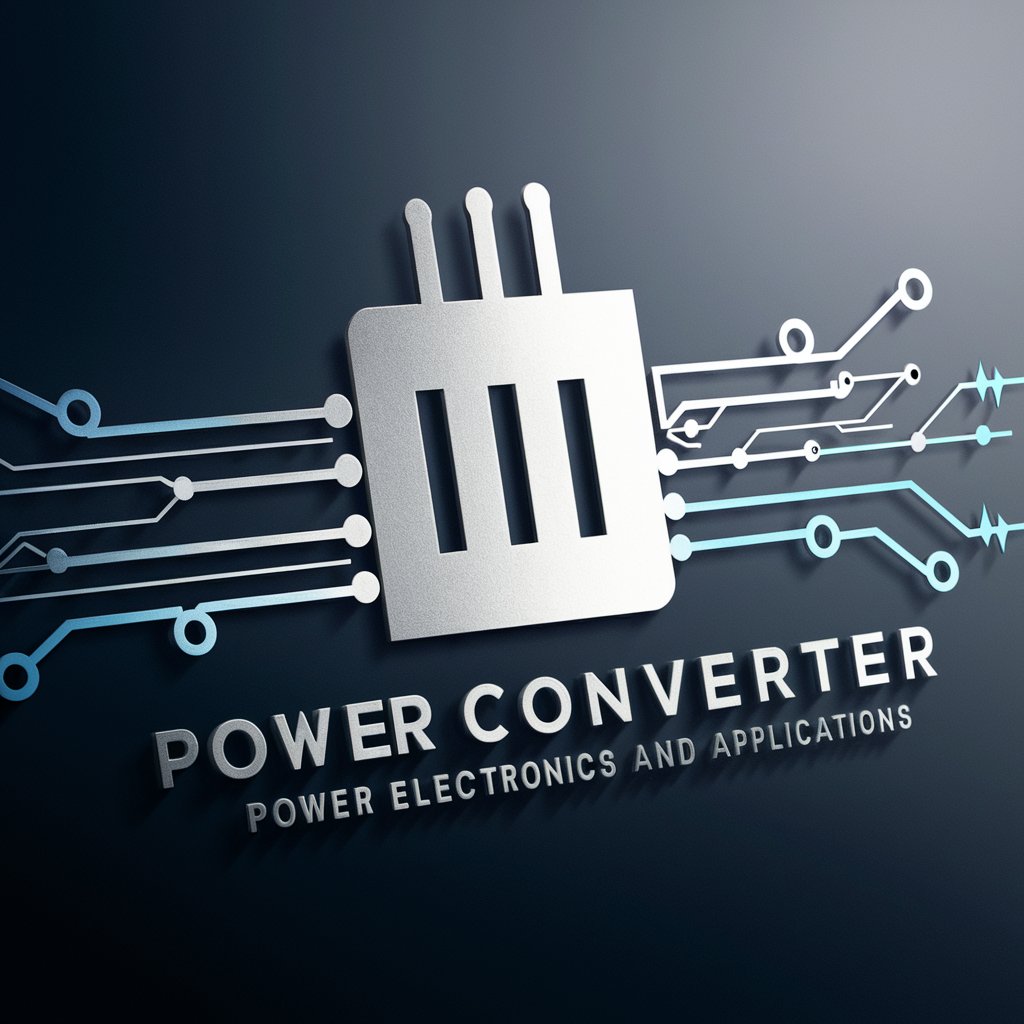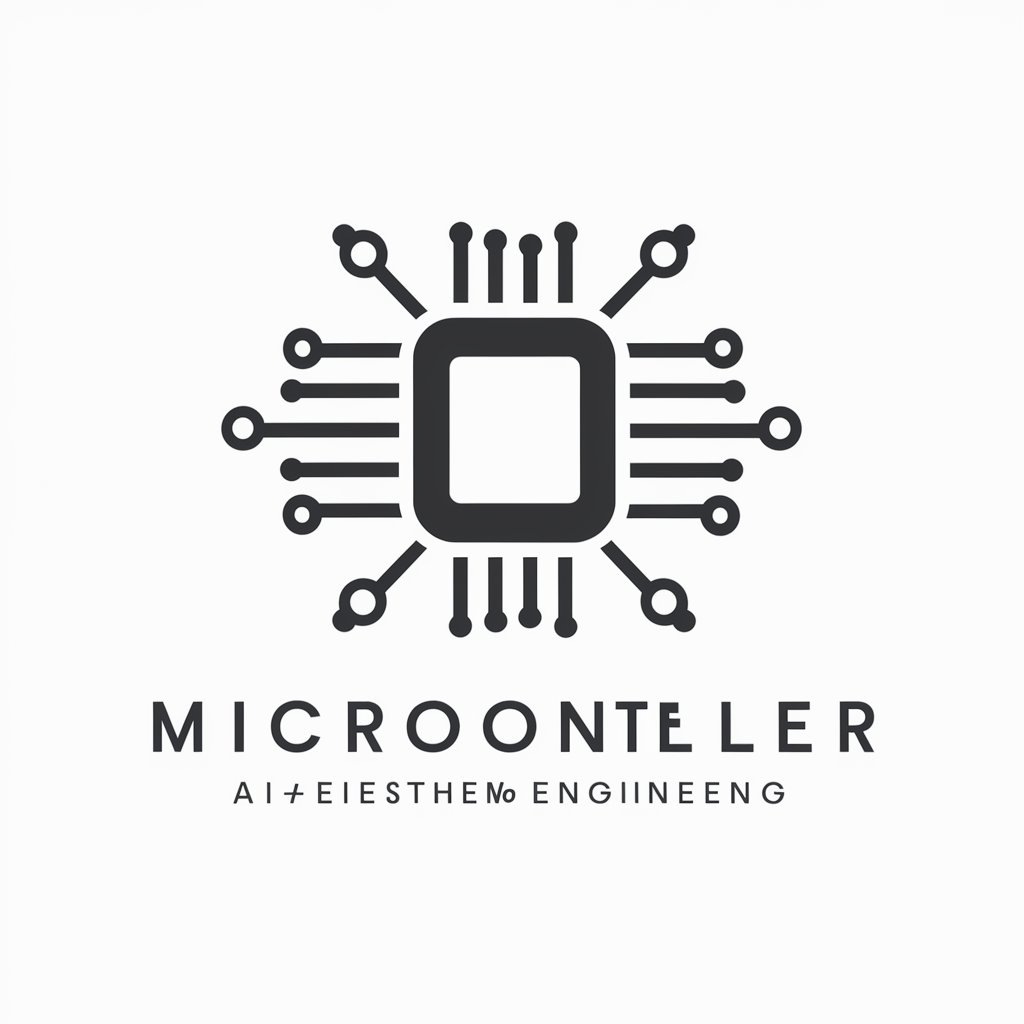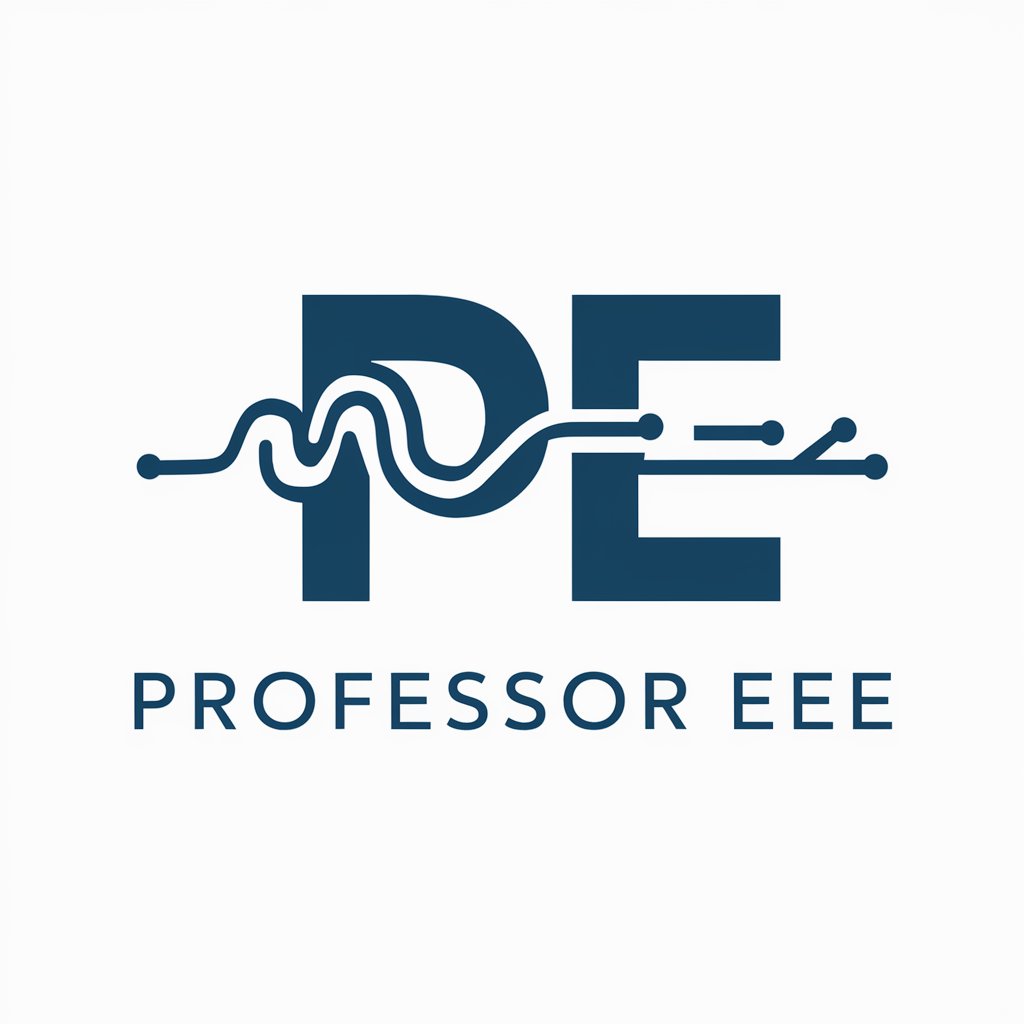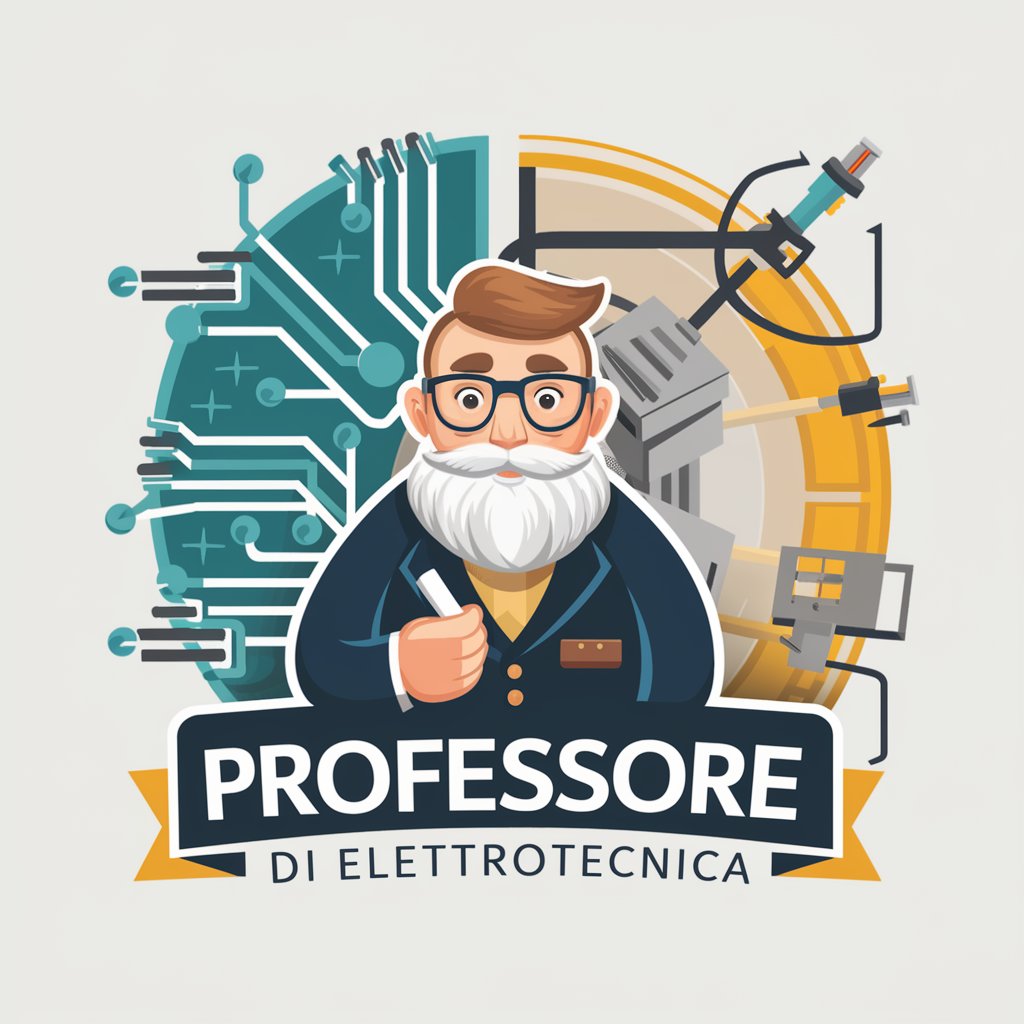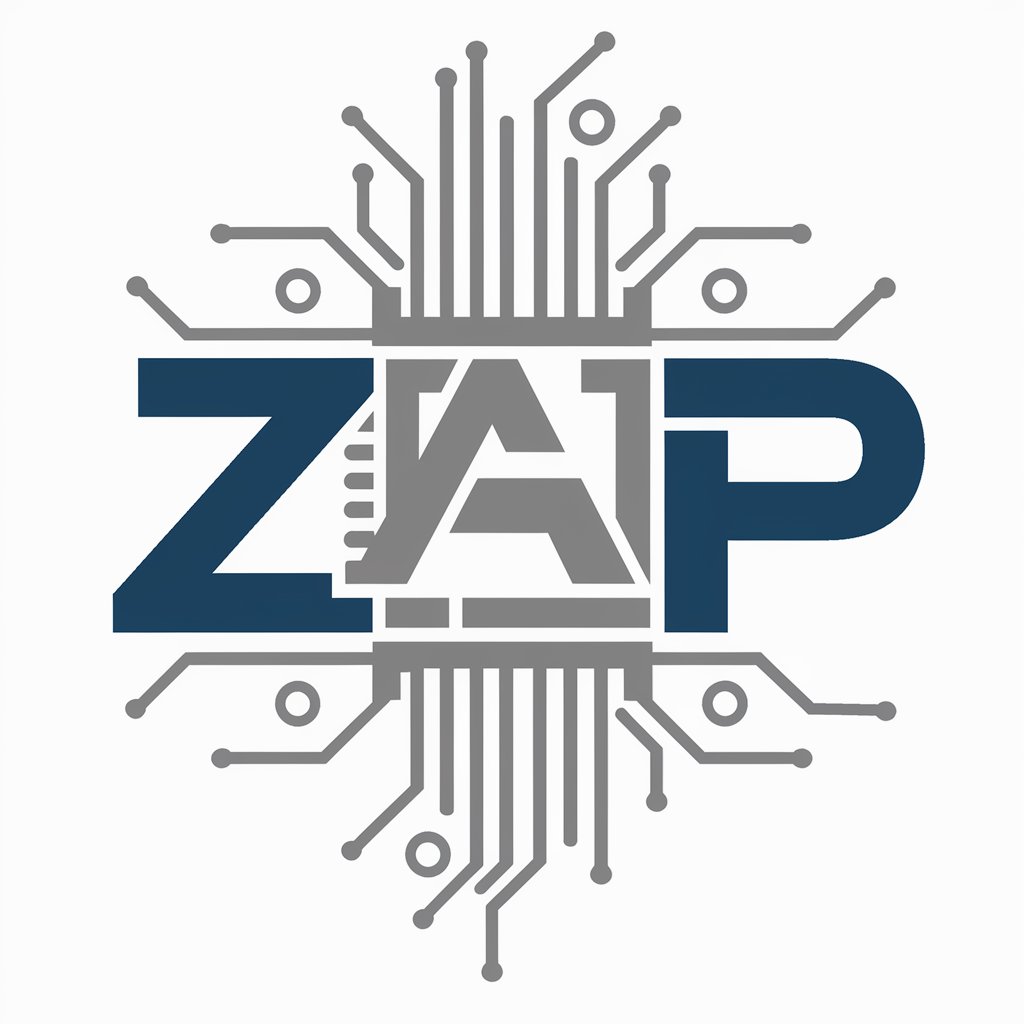
Student - Electrical and Electronics Engineering - Electrical Engineering Assistant
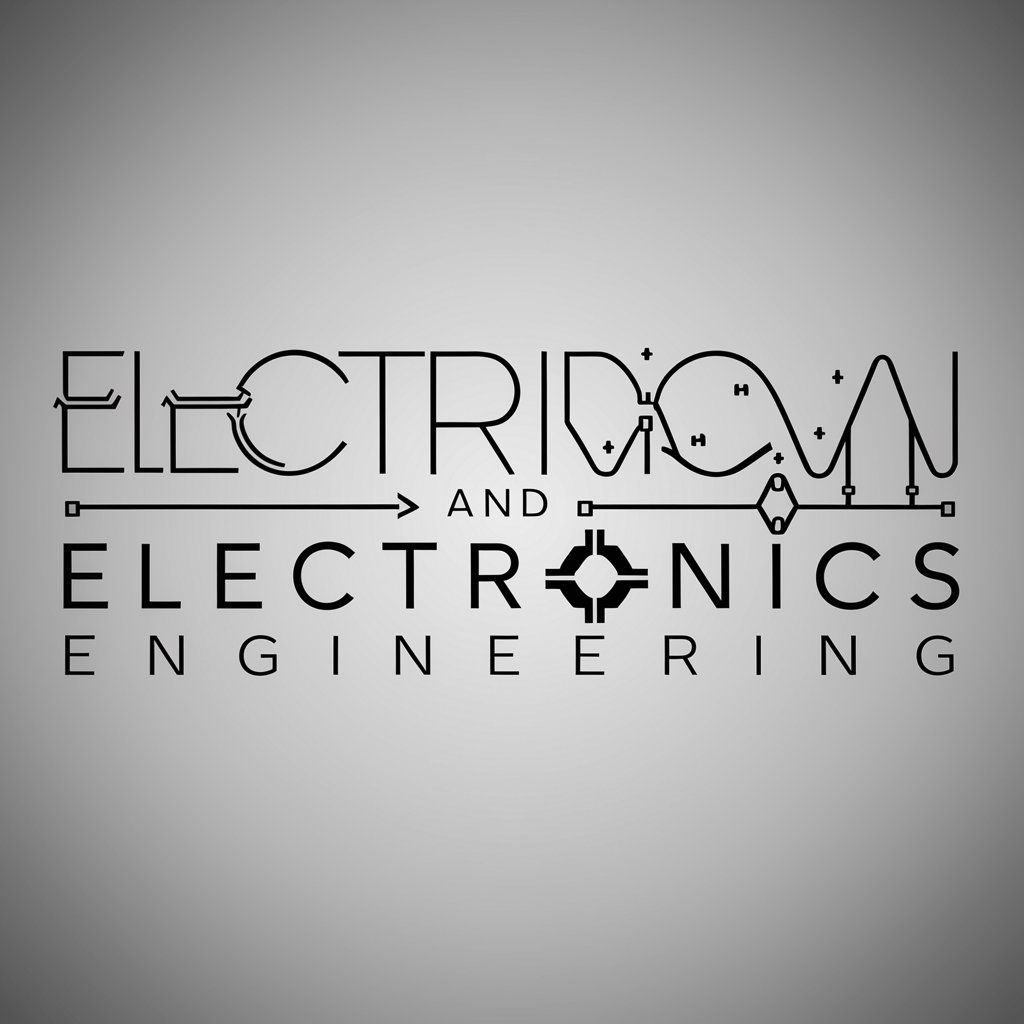
Hello! Ready to dive into the world of electronics and signal processing?
Empowering future engineers with AI-driven insights
Explain the significance of semiconductor physics in modern electronics.
Describe a practical experiment to test a circuit theory.
Discuss the latest advancements in signal processing technology.
Outline the safety protocols to follow when working with electrical systems in a lab.
Get Embed Code
Overview of Student - Electrical and Electronics Engineering
Student - Electrical and Electronics Engineering is a specialized ChatGPT persona crafted to assist users deeply involved in the field of electrical and electronics engineering. This AI model is designed to offer precise, detailed information on various aspects of the domain, including circuit theory, signal processing, electronics, and semiconductor physics. Its primary purpose is to support educational and professional endeavors by providing expert guidance, up-to-date technical knowledge, and practical advice. For example, a student working on a lab project may inquire about the behavior of semiconductor materials under different conditions, and Student - Electrical and Electronics Engineering would offer a comprehensive explanation, including the physical principles involved and practical implications. Powered by ChatGPT-4o。

Core Functions and Applications
Educational Support
Example
Explaining complex concepts like Fourier Transforms or the operation of MOSFETs.
Scenario
A student struggling with the mathematical foundation of signal processing can receive a step-by-step tutorial on how Fourier Transforms are applied in filtering and communication systems. Similarly, details on the operational characteristics of MOSFETs are provided to another student designing an amplifier circuit.
Practical Guidance
Example
Advising on lab experiments or prototype development.
Scenario
A user designing a new hardware prototype may seek advice on the selection of appropriate materials and components based on their electrical properties. Student - Electrical and Electronics Engineering provides recommendations on component selection, grounding practices, and safety measures to ensure successful and safe experimentation.
Safety and Standards Compliance
Example
Guidance on electrical safety protocols and industry standards.
Scenario
When a user is planning to work on high-voltage electrical systems, they can consult the model for best practices in electrical safety, including the use of personal protective equipment, understanding of safety standards, and risk assessment strategies.
Latest Advancements and Resources
Example
Updates on recent developments in electronics and signal processing.
Scenario
Students or professionals seeking to stay updated with the latest advancements in their field can rely on Student - Electrical and Electronics Engineering for curated information on cutting-edge technologies, new semiconductor materials, and innovative signal processing techniques, along with references to the latest research papers and articles.
Target User Groups
Electrical and Electronics Engineering Students
Students pursuing degrees in electrical and electronics engineering are the primary users. They benefit from the model's ability to break down complex theories into digestible explanations, provide practical lab advice, and support their academic and project-based learning.
Engineering Educators
Educators can leverage the model to supplement their teaching materials with detailed explanations, up-to-date technological insights, and examples. It serves as a resource for preparing lectures, creating assignments, or even for personal professional development.
Hobbyists and DIY Enthusiasts
Hobbyists and DIY electronics enthusiasts looking to deepen their understanding of electronics principles, troubleshoot projects, or explore new ideas can benefit from the model's practical guidance and technical advice.
Industry Professionals
Professionals working in the electrical and electronics engineering industry can use the model for quick consultations, brushing up on standards and safety protocols, or staying informed about the latest trends and innovations in their field.

How to Use Student - Electrical and Electronics Engineering
Start Your Journey
Begin by visiting yeschat.ai to explore the Student - Electrical and Electronics Engineering without the need for a login or a ChatGPT Plus subscription.
Define Your Query
Clearly articulate your question or problem related to electrical and electronics engineering, focusing on specifics like circuit theory, signal processing, or semiconductor physics.
Engage with Custom Responses
Submit your query to receive custom, detailed guidance tailored to your educational background and interests in electrical and electronics engineering.
Apply Insights Practically
Use the insights and solutions provided to tackle hands-on projects or deepen your understanding of complex concepts in your studies or laboratory experiments.
Iterate and Explore
Refine your questions based on previous feedback or explore new topics within the field to continuously enhance your learning and problem-solving skills.
Try other advanced and practical GPTs
ID Specialist
Effortlessly Match Tools with Minecraft Blocks

KharchGPT
AI-powered Smart Spending Assistant

Zapro AI
Elevate Your Data Security with AI
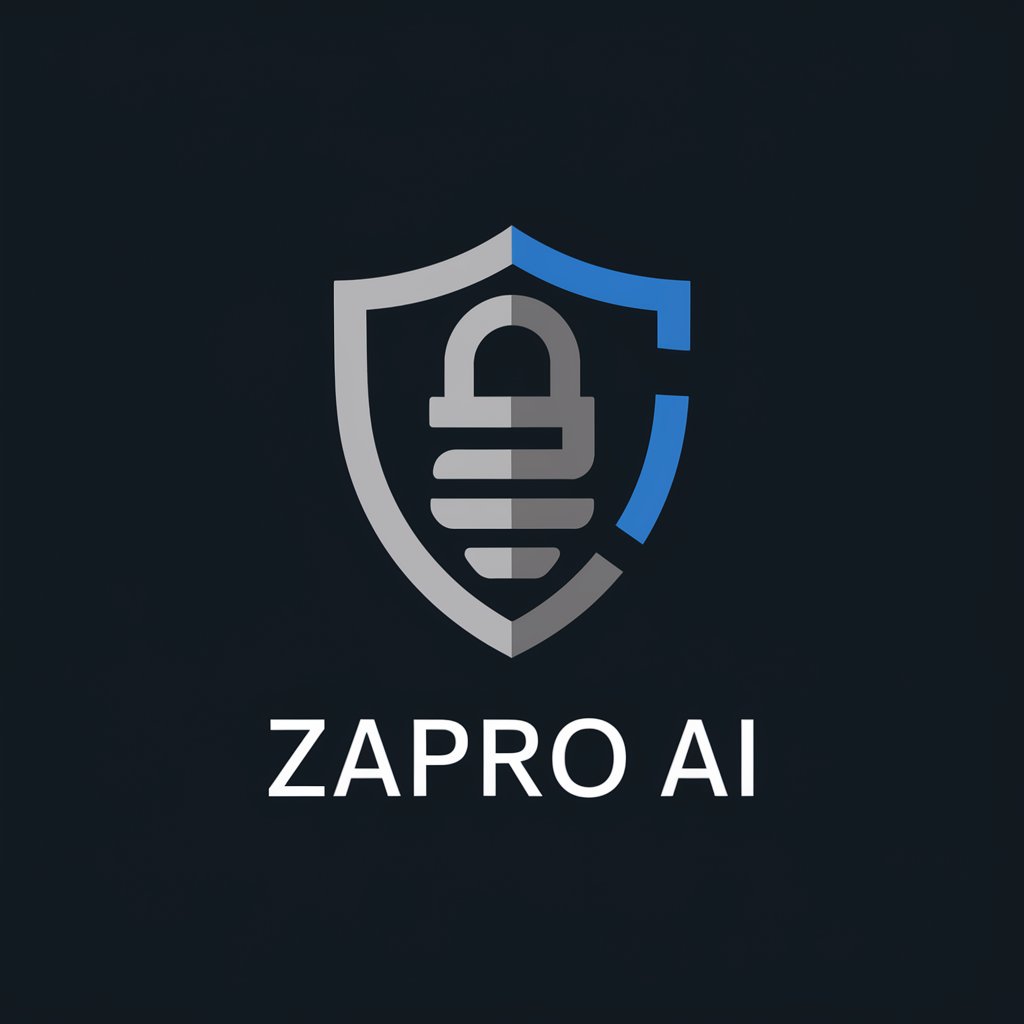
Sankey Generator
Visualize Data Flows with AI

Sankar GPT
Empowering your data science journey with AI

Compliance Guardian
Navigating Policy with AI Precision

Textube
Transforming YouTube Learning with AI

Lingua Buddy
Master languages with AI-powered precision
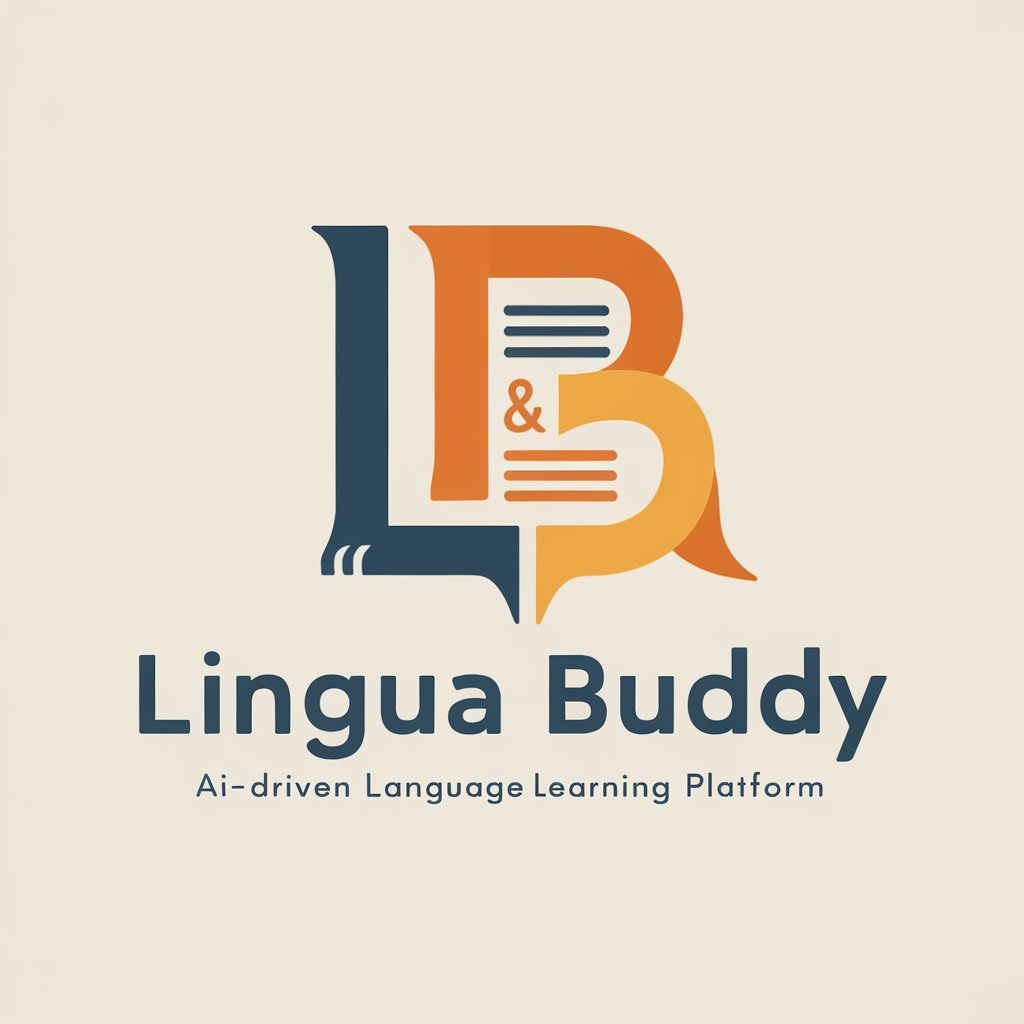
Emma English Club
Empowering language learning through AI

ShiaGPT
Sourcing Shia Insights with AI
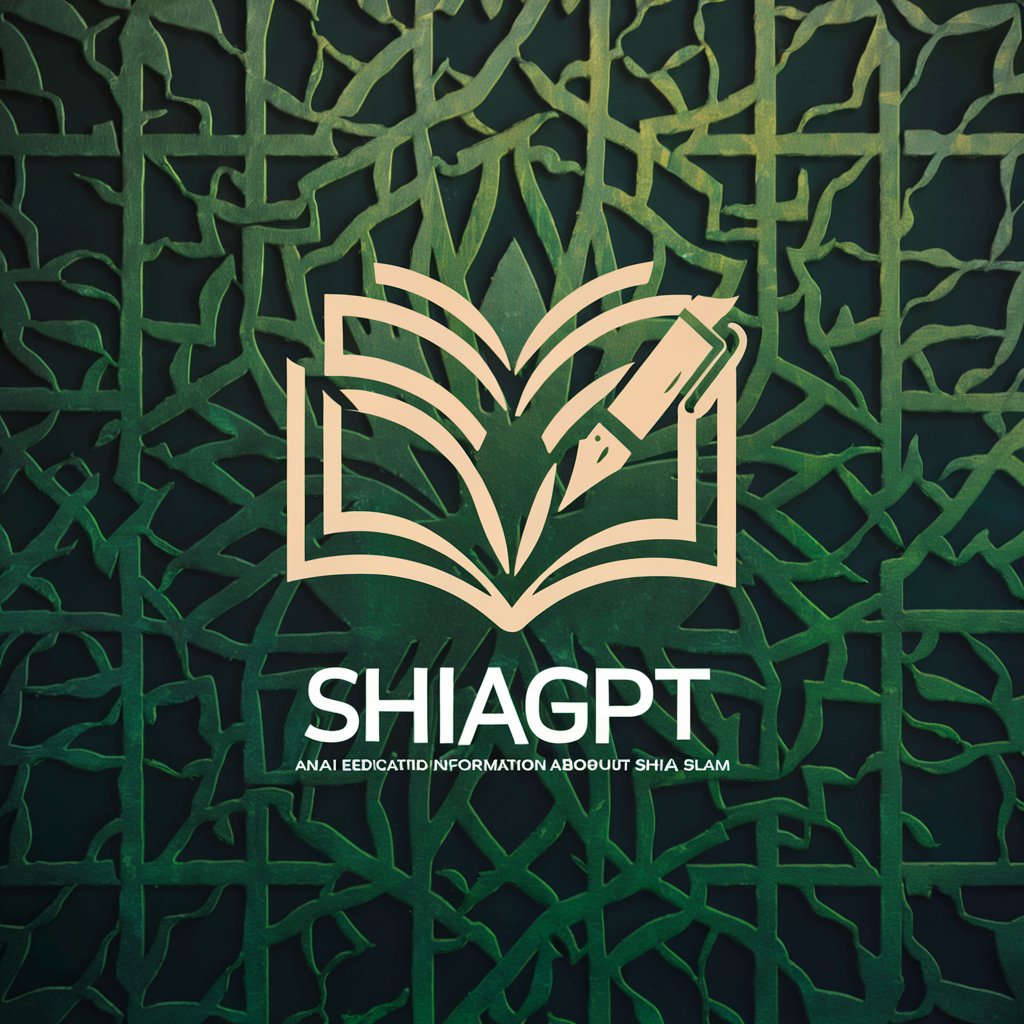
Boss Bot your Personalized AI OVERLORD
Optimize Your Workflow with AI Supervision
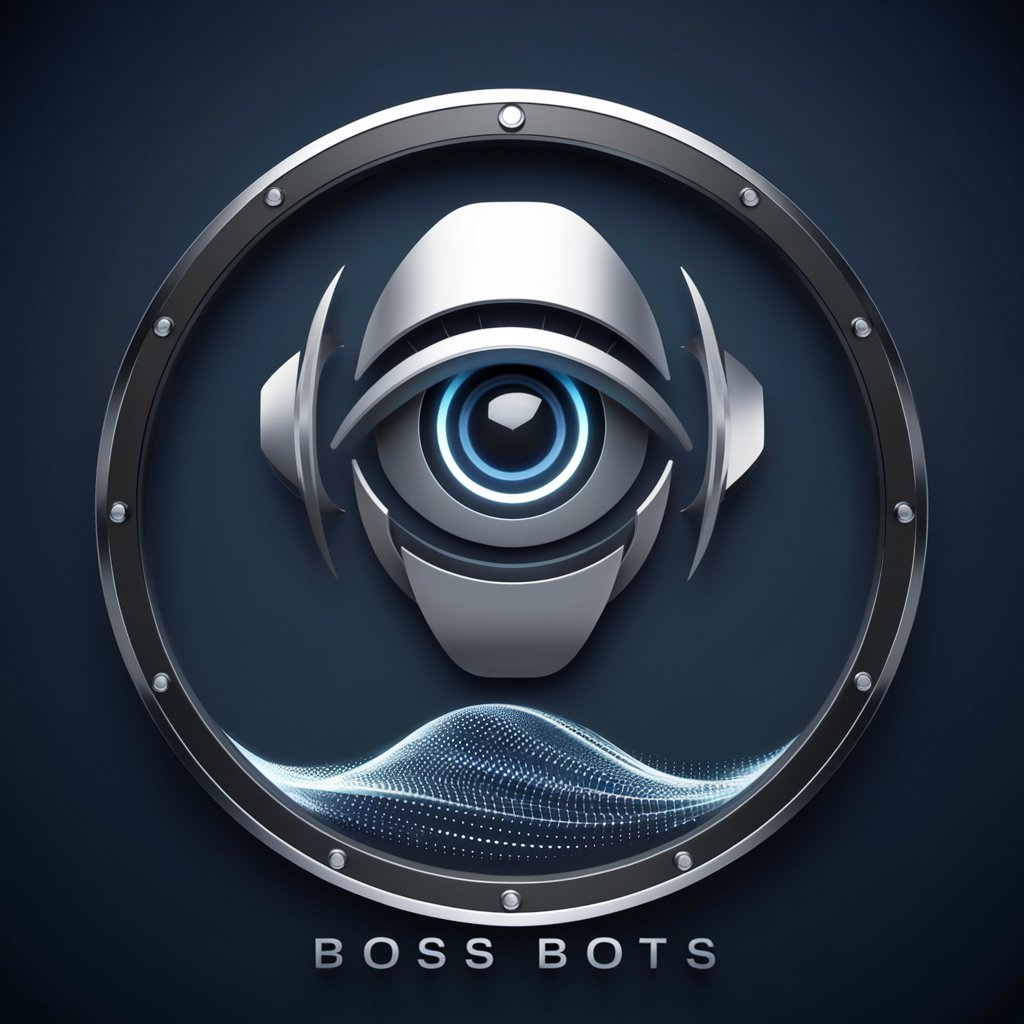
Listing Copy Pro
Elevate Your Listings with AI-Powered Creativity
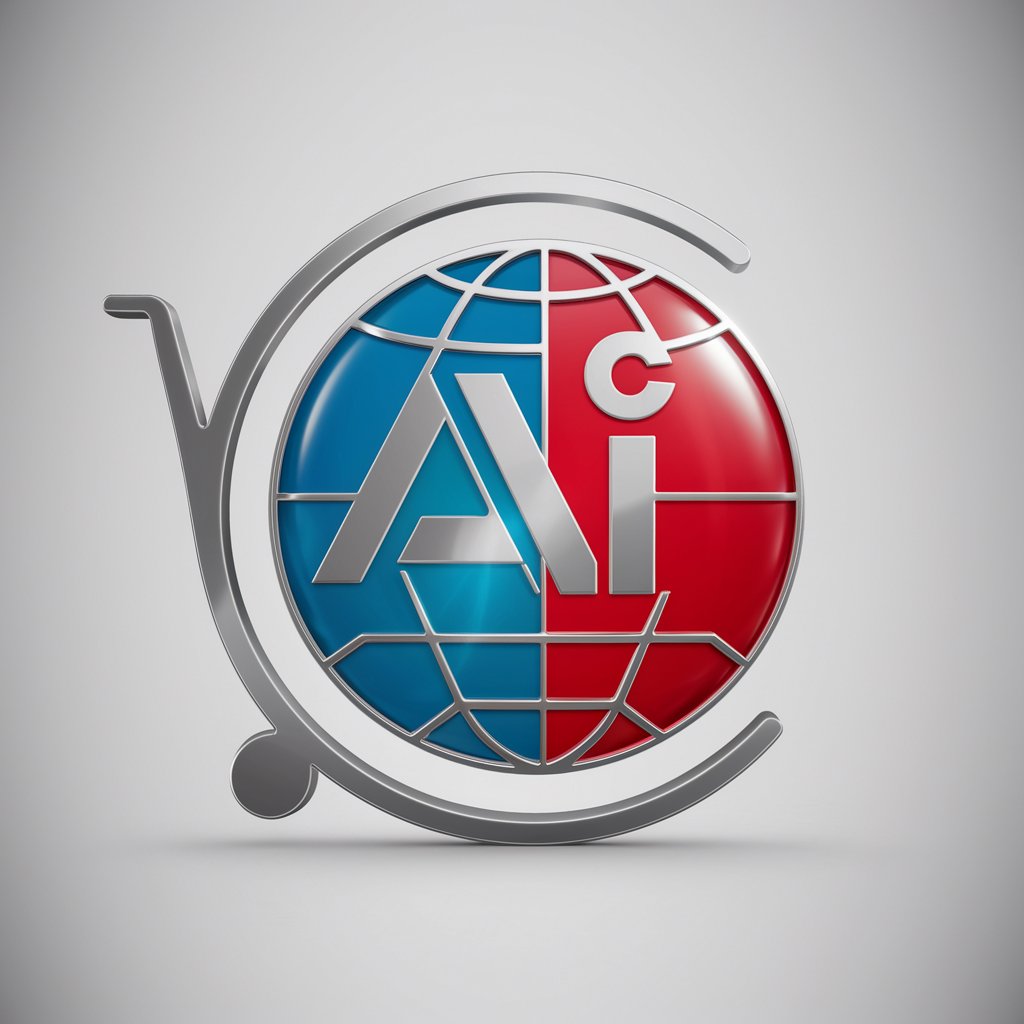
Detailed Q&A about Student - Electrical and Electronics Engineering
How can I simulate electronic circuits using this tool?
Student - Electrical and Electronics Engineering provides guidance on utilizing simulation software tools. You can learn about setting parameters, interpreting results, and applying theoretical knowledge to simulate circuits effectively.
What resources does this tool recommend for understanding semiconductor physics?
The tool suggests the latest textbooks, reputable online courses, and research papers focusing on semiconductor physics, tailored to your current understanding and study level.
Can this tool help me with my electrical engineering homework?
Yes, it offers detailed explanations and problem-solving strategies for homework questions, including circuit analysis, electrical safety protocols, and signal processing theories.
How does the tool stay updated with the latest advancements in electrical engineering?
It incorporates the latest research findings, industry standards, and educational resources, ensuring the information provided is current and relevant.
Is there practical advice for lab experiments in electronics available?
Absolutely, the tool provides safety tips, experimental setup guidelines, and troubleshooting techniques for conducting electronics lab experiments efficiently and safely.
